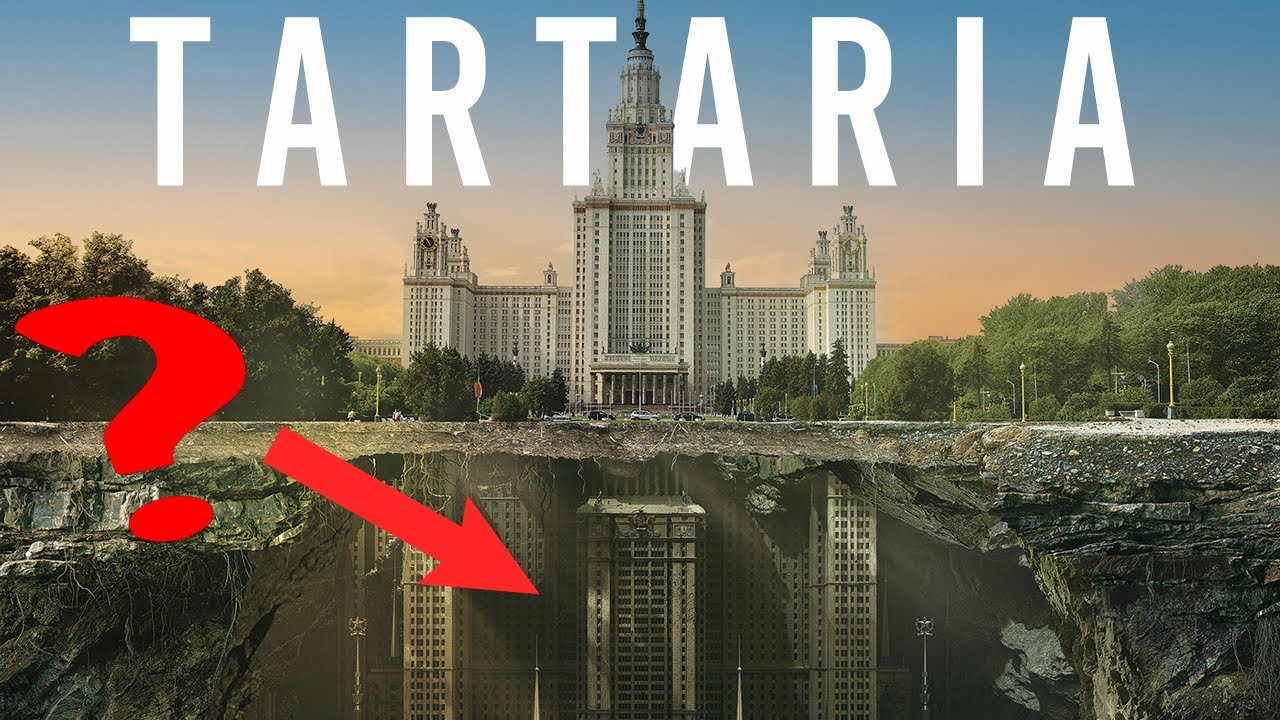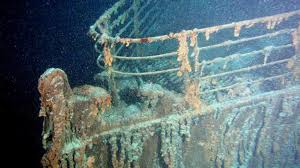Mud Flood Theory

In the realm of alternative historical narratives, few are as captivating and controversial as the mud flood theory. This enigmatic hypothesis proposes a radical reinterpretation of conventional history, suggesting that a series of cataclysmic events involving massive floods of mud profoundly shaped the course of human civilization. While dismissed by mainstream historians as pseudoscience, proponents of the mud flood theory argue that evidence of these alleged events can be found in architectural anomalies, geological formations, and obscure historical records. In this article, we delve into the depths of the mud flood theory, exploring its origins, key tenets, supporting evidence, and the ongoing debate surrounding its validity.
Table of Contents
ToggleOrigins of the Mud Flood Theory
The mud flood theory first gained traction in the late 20th century, propelled by the work of alternative researchers and amateur historians. Its roots can be traced back to various cultural and historical phenomena, including ancient myths of catastrophic floods, geological anomalies, and anomalies observed in architectural styles and structures.
Proponents of the mud flood theory contend that conventional historical narratives have overlooked or dismissed compelling evidence suggesting that major cataclysmic events involving floods of mud occurred in the not-so-distant past. These events, they claim, have been systematically erased or obscured from the annals of history by mainstream academia and the powers that be.
Key Tenets of the Mud Flood Theory
Central to the mud flood theory are several key tenets:
- Civilization Reset: Advocates of the mud flood theory propose that a series of cataclysmic events, possibly triggered by natural disasters or geological upheavals, led to the destruction of advanced civilizations existing before recorded history. These events allegedly wiped out much of human progress, leading to a reset of civilization.
- Cover-up and Suppression: Proponents of the mud flood theory argue that evidence of these cataclysmic events has been deliberately suppressed or obscured by mainstream historians, archaeologists, and institutions with vested interests in maintaining the status quo of established historical narratives.
- Architectural Anomalies: One of the primary pieces of evidence cited by supporters of the mud flood theory is the presence of architectural anomalies in buildings and structures around the world. These anomalies include windows and doors partially buried underground, as well as structures with seemingly disproportionate dimensions, suggesting they were originally designed for different purposes or built at different ground levels.
- Geological Evidence: Some proponents point to geological features such as sediment layers and unusual soil compositions as potential evidence of mud flood events. They argue that these geological anomalies cannot be adequately explained by conventional theories of sedimentation and natural erosion processes.
- Historical References: Advocates of the mud flood theory claim to have uncovered obscure historical references and accounts that hint at the occurrence of catastrophic floods of mud in various parts of the world. These references, they argue, have been overlooked or dismissed by mainstream historians.
Supporting Evidence and Controversies
While proponents of the mud flood theory present a compelling case based on architectural anomalies, geological evidence, and historical references, skeptics remain unconvinced. Critics of the theory argue that many of the supposed anomalies can be adequately explained by factors such as architectural evolution, urban development, and geological processes. They point to the lack of conclusive scientific evidence and the reliance on speculative interpretations of historical data as weaknesses of the mud flood theory.
Moreover, the mud flood theory has been criticized for its reliance on selective evidence and its tendency to embrace conspiracy theories. Skeptics argue that the theory’s proponents often attribute mundane phenomena to grandiose narratives of ancient cataclysms and cover-ups, without sufficient empirical support.
The Debate Continues
The debate surrounding the mud flood theory illustrates the complex interplay between mainstream historical narratives and alternative interpretations of the past. While proponents of the theory continue to uncover new evidence and build their case, skeptics remain skeptical, calling for rigorous scientific scrutiny and empirical validation.
Ultimately, the question of whether the mud flood theory holds any merit remains open. As with any alternative historical hypothesis, the challenge lies in separating fact from fiction, evidence from speculation. Whether the mud flood theory will eventually be vindicated by future research or consigned to the annals of pseudoscience remains to be seen. Until then, it continues to captivate the imagination of those intrigued by the mysteries of the past.





